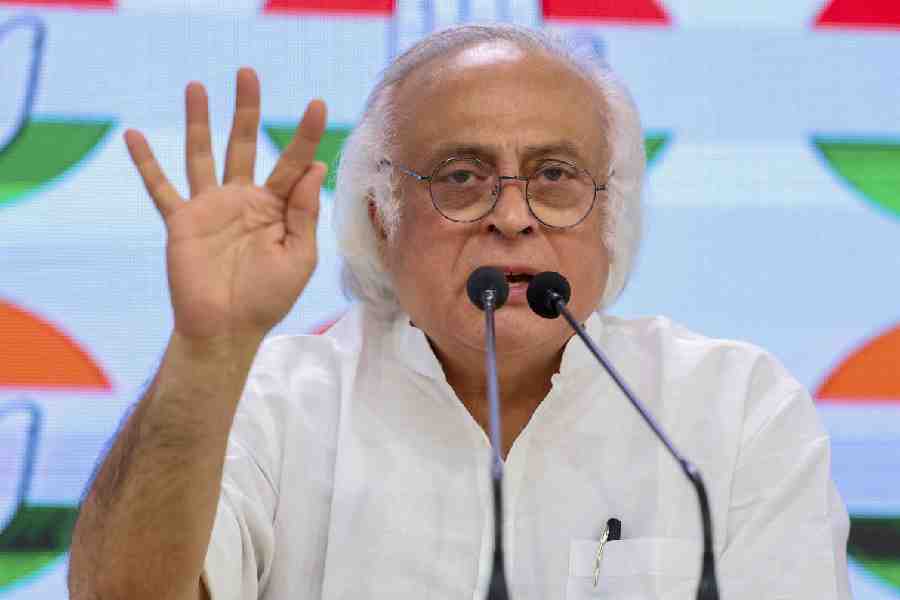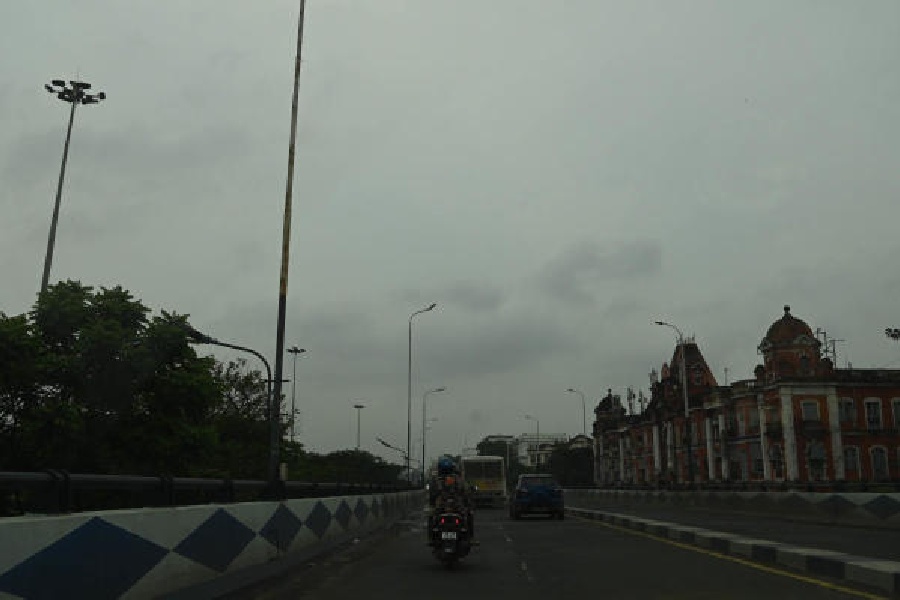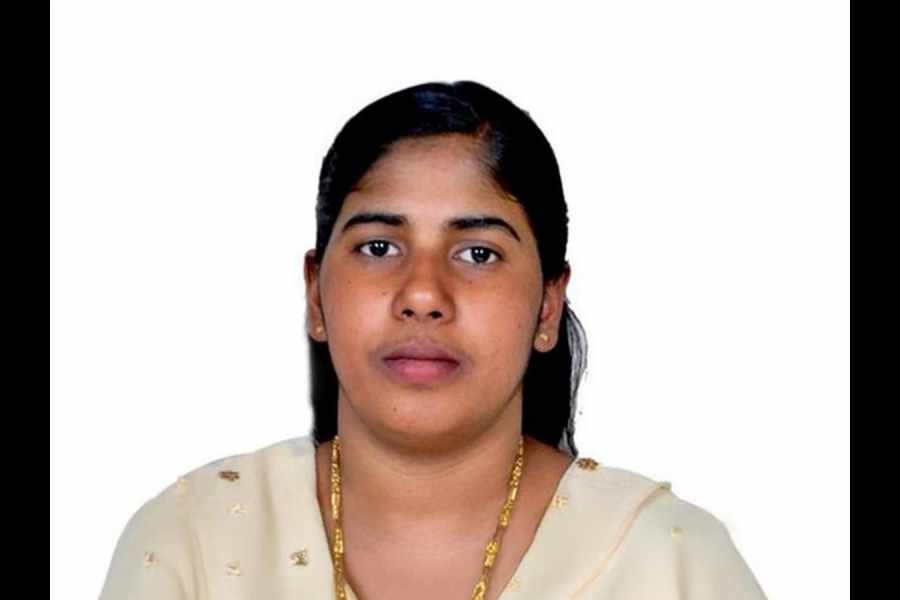 |
| This photo provided by National Geographic shows Kachim, who speaks Koro, talking to Gregory Anderson. (AP) |
Oct. 6: A previously unknown language has been uncovered in the far reaches of Aruna-chal Pradesh, researchers have said.
Koro, a tongue apparently new to the world and which is spoken by just 800 to 1,200 people, could soon face extinction as younger speakers abandon it for more widely used Hindi or English.
Koro is unlike any language in the various branches of the Tibeto-Burman family, a collection of 400 related languages used by peoples across Asia, according to the two National Geographic researchers who announced the discovery on Tuesday.
The findings will be published in the journal Indian Linguistics.
The researchers, linguists K. David Harrison of Swarthmore College in Pennsylvania and Gregory D.S. Anderson, director of the Living Tongues Institute for Endangered Languages in Salem, Oregon, said they were not sure yet how old Koro was or how it developed.
Anderson and Harrison, along with Indian colleague Ganesh Murmu, came across Koro by chance in 2008.
(However, the Assam chapter of Indian National Trust for Art and Cultural Heritage (Intach) has disagreed with the report, saying Koro was not an unknown language in the region and linguistic experts were aware of existence of the language, adds our Guwahati Bureau.
Dinesh Baishya, the convener of the state chapter of Intach, told The Telegraph that an international conference on endangered languages of India last year discussed the language.
“I attended the conference. Uday Narayan Singh, a professor of Visva-Bharati, Santiniketan, and former director of the Central Institute of Indian Languages, Mysore, presented a paper on ‘Sense of Danger and Overview of Endangered Languages’ during the conference. Among other languages of Arunachal Pradesh, the paper talked about Koro language,” Baishya added.
Baishya said although Koro might have few speakers, one could not claim that the language was “discovered”. He, however, said efforts should be made to preserve and protect the language.
Educationist Tabu Ram Taid, who is closely associated with the preservation and development of endangered tribal languages namely his mother tongue Mising, said he had not heard about Koro. He said a language became extinct or died when it was not spoken by the people.
“Koro might have met the same fate. But the point is now to preserve Koro. Apart from speaking, one must develop writing the language to prevent it from vanishing,” Taid said.)
Harrison said the speakers of Koro had remained invisible to outside observers because their bright red garments, the rice beer they made and other details of their lives seemed no different from that of the speakers of Aka, the socially dominant language in the region.
“There’s a sort of a cultural invisibility; they’re culturally identical in what they wear, what they eat, the houses they live in.... They just happen to have a different word for everything,” Harrison said.
Koro also blends in because its speakers frequently marry Aka speakers (who number 4,000 to 6,000) and people who use another tongue, Miji (who number 6,000 to 8,000).
And because the villages had been largely cut off from the outside world for so long, the languages in the region remain poorly studied. “I expect that there are many such hidden languages around the world,” said M. Paul Lewis, who edited the 16th edition of Ethnologue: Languages of the World. “The lesser-known languages quite often are overlooked and understudied.”
The researchers had been told about the so-called dialect of Aka. But when they sat down to record the words of a villager they assumed to be speaking it, they were surprised by the unfamiliarity of the words and could tell this was no mere dialect. “We noticed it instantly,” Anderson said. “We started with a body part word list, and there wasn’t a single word in common.”










